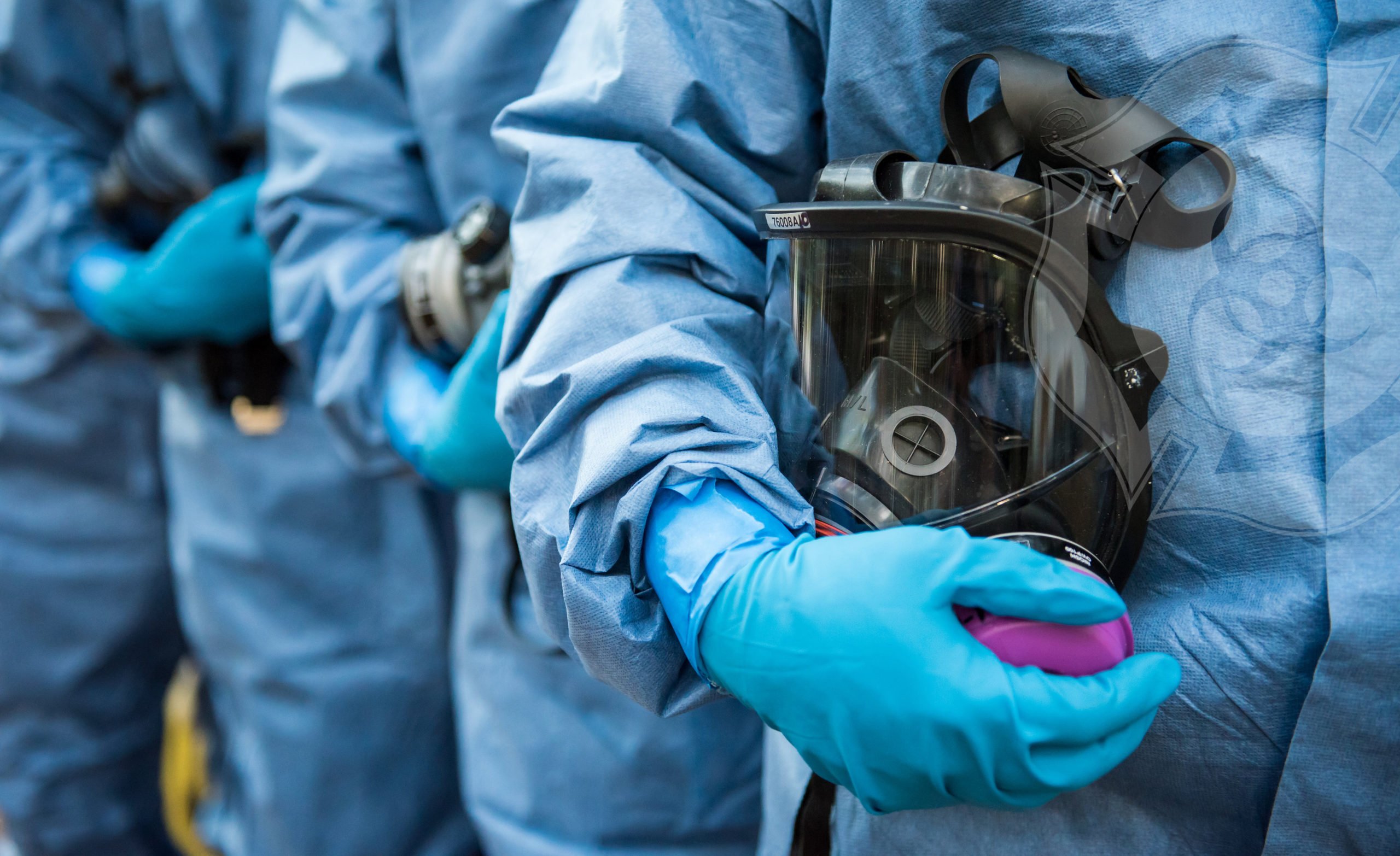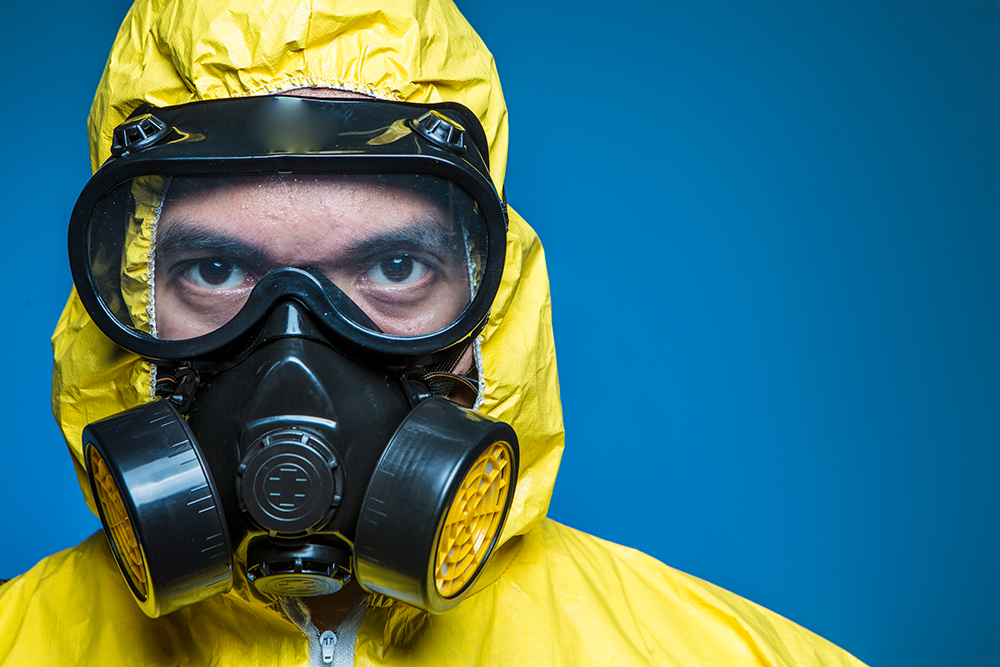Accurate ATP Testing for Effective Cleanliness and Hygiene Tracking
Accurate ATP Testing for Effective Cleanliness and Hygiene Tracking
Blog Article
Specialist Biohazard Cleaning and Purification for Blood, Bodily Fluids, and Hazardous Materials
The prospective health dangers associated with exposure to biohazards emphasize the vital demand for precise handling and thorough clean-up. As we browse the elaborate landscape of biohazard cleaning, understanding the subtleties of regulations, compliance, and the customized equipment at play comes to be important in making certain a detailed and risk-free purification procedure.
Health Dangers of Biohazard Exposure
Direct exposure to biohazards postures considerable health and wellness dangers that can cause severe consequences for people and areas alike. Biohazards encompass a broad variety of organic substances, including blood, bodily fluids, mold, germs, infections, and various other possibly transmittable products. When individuals enter into contact with these biohazards, whether with mishaps, inappropriate handling, or ecological direct exposure, they encounter the threat of having serious diseases or illness.
One of the main health and wellness dangers related to biohazard direct exposure is the transmission of contagious illness. Bloodborne microorganisms such as HIV, liver disease B and C, and different germs can be existing in biohazardous products, posturing a straight danger to human wellness. Breathing in air-borne biohazards like mold and mildew spores or entering call with polluted surfaces can likewise result in breathing problems, allergies, and other unfavorable health results.
Furthermore, biohazard direct exposure can have lasting wellness effects, with some diseases manifesting years after the initial call (Blood Cleanup). Consequently, it is critical to focus on appropriate biohazard cleaning and purification to alleviate these health threats and make certain the security of individuals and areas

Specialized Educating for Biohazard Clean-up
When it involves dealing with biohazard clean-up successfully and safely, specialized training plays a fundamental role in ensuring correct purification procedures are adhered to. Biohazard cleaning needs particular knowledge and skills to properly reduce dangers related to bloodborne pathogens, bodily liquids, and unsafe materials. Experts educated in biohazard cleaning undergo rigorous direction on exactly how to securely take care of, remove, and take care of biohazardous materials to stop contamination and direct exposure.
Specialized training for biohazard cleaning covers a variety of important topics, including appropriate personal safety devices (PPE) use, bloodborne virus recognition, decontamination techniques, and contaminated materials disposal protocols. Individuals trained in biohazard clean-up are furnished with the needed proficiency to evaluate contamination levels, identify prospective dangers, and carry out ideal cleaning treatments in conformity with governing criteria.
Continuous training and education are critical in the field of biohazard clean-up to stay updated on the newest decontamination innovations, security procedures, and guidelines. By purchasing specialized training, biohazard clean-up experts can efficiently respond to emergency situation cleaning circumstances and protect both public health and wellness and the environment.
Importance of Correct Purification Methods
Utilizing correct purification methods is essential in biohazard cleanup to effectively minimize and remove dangerous materials health and wellness risks. Reliable decontamination not just makes sure the removal of noticeable traces of blood, bodily liquids, and other biohazards yet also targets unseen microorganisms that might present serious wellness threats otherwise correctly gotten rid of. By complying with rigorous decontamination methods, trained experts can considerably lower the risk of direct exposure to dangerous bacteria, infections, and browse around this site bacteria that might lead to infections or illness.
Appropriate purification techniques include using specialized tools and anti-bacterials that are particularly made to neutralize biohazards efficiently. Thorough cleaning and sanitation of contaminated areas are necessary to their website prevent the spread of microorganisms and make certain a risk-free setting for occupants. Furthermore, the correct disposal of biohazardous waste complying with purification treatments is vital in stopping contamination of various other surface areas or people.

Devices and Tools for Safe Cleanup
When dealing with blood, physical fluids, or harmful materials, biohazard cleansing professionals depend on specialized gear to lessen direct exposure dangers and extensively decontaminate the damaged area. Furthermore, biohazard cleansing kits having disinfectants, absorptive products, and biohazard bags are used to securely get rid of and include of infected items.
Advanced cleansing tools like hospital-grade disinfectants, HEPA-filtered vacuum cleaners, and fogging devices are used to sanitize surfaces and get rid of biohazards effectively. Specialized devices such as sharps containers and biohazard garbage disposal bins are used to securely take care of sharp items and biohazardous waste materials. By using the ideal equipment and tools, biohazard cleaning experts can make certain a detailed cleanup process that prioritizes safety and security and decreases health dangers for both employees and biohazard cleanup jobs pay owners of the damaged room.
Rules and Compliance in Biohazard Cleaning
Proper adherence to policies and compliance requirements is vital in biohazard cleansing to make sure the safety and security of both employees and the setting. Federal government firms such as OSHA (Occupational Safety And Security and Wellness Management) and the EPA (Environmental Protection Firm) have actually developed details standards for biohazard cleanup treatments to lessen wellness dangers and environmental contamination. These policies cover a variety of elements including the handling, transportation, and disposal of biohazardous products, along with the needed training and safety devices required for employees entailed in the cleaning process.
Biohazard cleaning companies have to remain updated with these policies to guarantee that their procedures satisfy the needed safety criteria. Failing to abide by these policies can cause extreme repercussions, including penalties, lawsuit, and jeopardizing the health and wellness of individuals and the setting. By complying with strict regulations and conformity steps, biohazard cleansing business can efficiently minimize dangers and guarantee a risk-free and comprehensive cleaning process for all parties included.
Conclusion
Finally, biohazard cleaning and purification require customized training, proper strategies, and adherence to policies. Direct exposure to blood, bodily liquids, and hazardous products poses considerable wellness dangers, making it crucial to utilize the appropriate equipment and devices for safe clean-up. By adhering to strict procedures and standards, experts can properly reduce the risks connected with biohazard direct exposure and make sure the safety of both themselves and others.
As we navigate the intricate landscape of biohazard cleanup, comprehending the subtleties of policies, conformity, and the specific equipment at play becomes crucial in making sure a risk-free and comprehensive decontamination procedure. (Blood Cleanup)
When it comes to dealing with biohazard cleaning efficiently and safely, specialized training plays an essential duty in guaranteeing correct decontamination procedures are complied with.Making use of proper decontamination methods is crucial in biohazard clean-up to successfully get rid of harmful products and decrease wellness threats. Furthermore, biohazard cleansing sets consisting of disinfectants, absorptive materials, and biohazard bags are used to safely contain and get rid of of polluted products.
Government agencies such as OSHA (Occupational Safety And Security and Wellness Management) and the EPA (Environmental Security Agency) have developed certain guidelines for biohazard cleanup procedures to decrease wellness dangers and environmental contamination.
Report this page